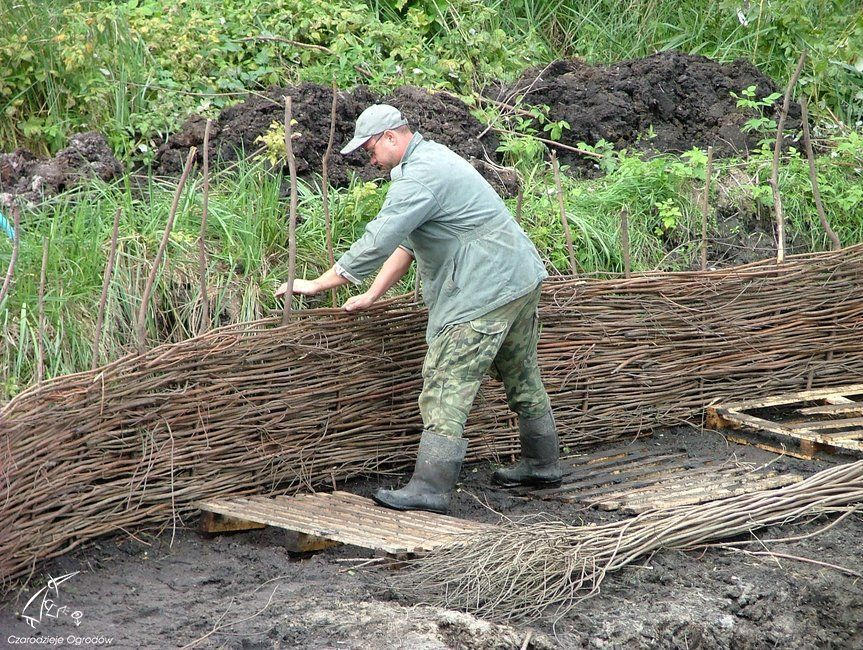 In the 1950s and 1960s, when the so-called. the period of the economic miracle, various technological innovations were introduced. New materials and techniques were admired, plastic, bent plywood, construction of prefabricated panels, coated with plastic. Consumption, progress, technique, as well as mass production were the slogans of the time. In 1973 year, during the oil crisis, functionalism and unlimited economic growth have been severely criticized. However, consciousness had already been born and strengthened before, that industrialization cannot exceed certain limits (limited amounts of raw materials, environmental pollution, etc.).
In the 1950s and 1960s, when the so-called. the period of the economic miracle, various technological innovations were introduced. New materials and techniques were admired, plastic, bent plywood, construction of prefabricated panels, coated with plastic. Consumption, progress, technique, as well as mass production were the slogans of the time. In 1973 year, during the oil crisis, functionalism and unlimited economic growth have been severely criticized. However, consciousness had already been born and strengthened before, that industrialization cannot exceed certain limits (limited amounts of raw materials, environmental pollution, etc.).
Accordingly, various alternative concepts have developed. They took into account human emotional and sensory needs to a greater extent, such as a sense of security, rest, interpersonal relations and imagination.
Thus, in the late seventies and early eighties of the twentieth century. love of simplicity, as well as the return to traditional materials resulted in a renewed increase in demand for products from natural resources. Undoubtedly, wicker is one of them, which is now very popular again. It is used to protect the environment and reclaim green areas (headed willows, restoration of degraded areas), in modern green architecture and garden design, in floristry, interior architecture, furniture and public spaces (before school, schools, park, engineering biology, engineering construction). Being a rapidly growing resource, environmentally and climate-friendly, it is used again as firewood in woodcut stoves.
In addition to the practical applications, there are many more reasons, for whom working with wicker is not a passing fashion, but a constant and up-to-date trend until today. It has proven itself in the past, and now she has a future. A rapidly modernizing world, using modern technologies, it is definitely a contrast to the demand for natural material, which is wicker. Traditional handicrafts are now combined with modern design, while creatively drawing from nature. An example is the backyard garden, constituting a well-used living space, it is also a field for experimentation, where there is enough space for new ideas and various wicker objects.